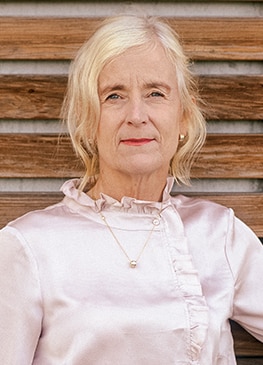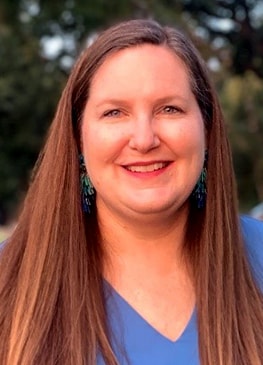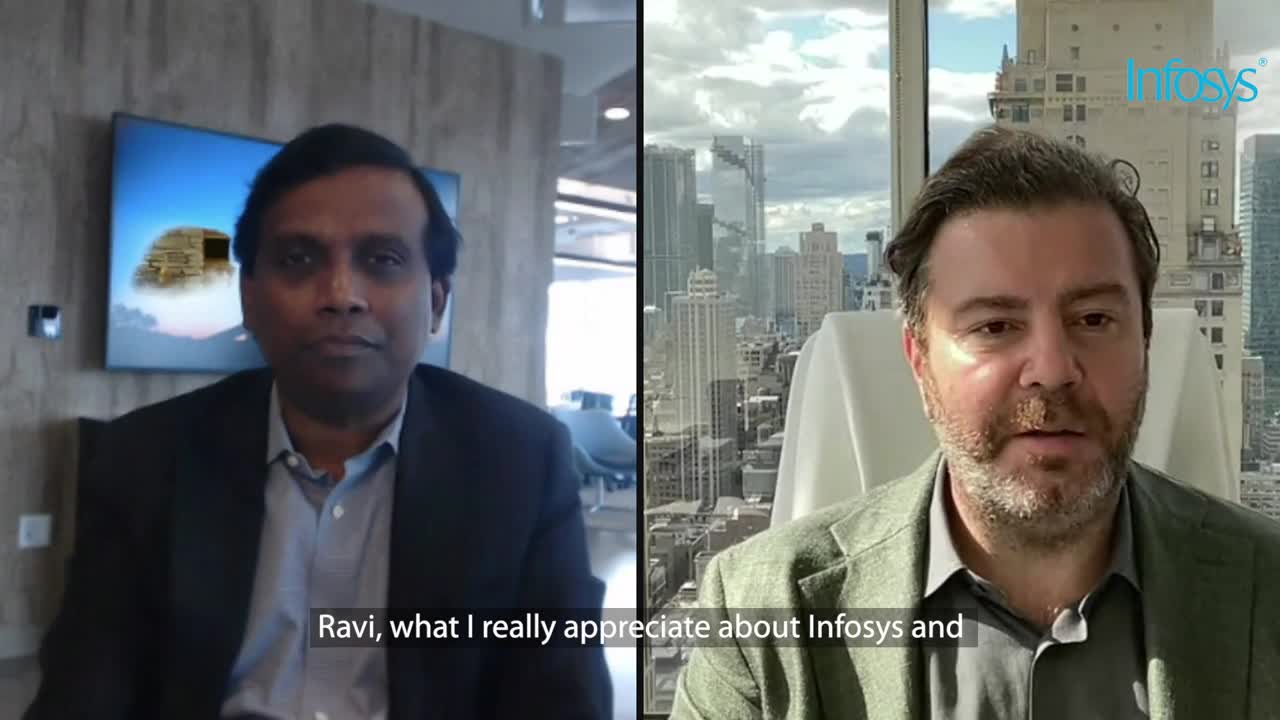Read the full interview here
-

Q. What were important early influences for you?
A. I grew up in a small town in India. My mom was a schoolteacher. My dad used to work for the government. They were people with great conviction. When we were in middle school, they would always say to my sister and I, “Have a dream. Have a purpose. Have a goal in life and work toward it.”
As kids, we saw our parents face numerous societal and financial pressures as we pursued higher education, but they withstood all those pressures and did not let us get impacted by any of those. They motivated and inspired us to be our best and to follow our passions. This is a great life lesson that I continue to use while leading my teams today - to stay strong in the face of challenges and create an environment where the team could succeed while inspiring and motivating them to deliver their best.
-

Q. There’s so much disruption in the world today. How do you lead in this environment?
A. It’s all about understanding the bigger purpose, the why. If you do not understand the why behind what you are doing, then even small things can bother you. If you understand the bigger why and the reason, it makes everything worthwhile.
As a leader, you not only have to explain the why to your teams but also provide clarity and direction. When a project starts or when a business problem needs to be solved, little may be known at the onset beyond, “This is not working, or we would like to do this.” Cutting through the ambiguity and chaos helps clarify exactly what needs to be accomplished. What needs to be done? What is the best way to do it?
Then you must simplify the plan into something that can be easily understood at all levels of the organization by everybody, so that you can get their commitment and alignment. If you cannot provide clarity and let your teams go off in 20 different directions, nothing will get done.
-

Q. What’s the best mentoring advice that somebody has given you?
A. I work in the field of technology. Early on in my career, one of my leaders told me that you must understand the business and the business needs as well if not better than the business themselves - only then will you be able to design solutions that will help them stay ahead. It is very important to understand what needs to be accomplished and why.
Another thing that someone told me is to find a tribe of like-minded professionals who will support you, who you can count on for advice, who you can learn from, share stories with, and who will help you maintain your ground when times get tough.
-

Q. Have you encountered any headwinds in your career because you’re a woman?
A. Yes. Women make up half of the global workforce, but in the world of technology, women constitute less than 20 percent of the global workforce. Much fewer of those are in leadership positions.
Traditionally, there has been an unconscious bias against women within the technology sector - their technical capabilities, their ability to lead large teams, and their ability to manage transformational projects. Women must prove themselves many times over to get the same level of respect and recognition as their counterparts.
Because there are such few women in technology, it is also easy for them to feel isolated. While studying at the Indian Institute of Technology, there were very few girls pursuing a degree in science and technology. I was sometimes the only girl in a class of probably several 100 students. I would be the last one to enter the class and would - on purpose, sit closest to the entrance of the lecture hall so that I could come and go unnoticed.
Some women face this kind of isolation even in their professional lives, which can give rise to the imposter syndrome and make them wonder if they really belong here. Things have changed since my days in university and continue to change. There’s a renewed focus on inclusivity and diversity but depending on which part of the world you are in; women face the same headwinds even today.
-

Q. And how did you work through those challenges you just described?
A. One is reminding myself that I was there for a reason. I was not there just by chance or because somebody did me a favor. I had worked hard towards earning my place and that it was something I really wanted to do. Then I just focused on working hard. I did not get distracted.
-

Q. Was there a moment when you evolved from a manager to being a leader?
A. Yes. When we are individual contributors, we are responsible for the output of our own work and are promoted to the position a manager because of our technical skills. In a management position we become responsible for the output of our team in addition to yours.
But it’s a mental shift to become a leader. You really need to think differently. You must manage not by direct accountability or responsibility, but by influence. You need to be able to influence people’s perspectives. A big part of leadership is about followership. Why would people follow you? As a leader, you need to bring out the best in people and get them to do things that they did not think they were capable of.
That comes with a lot of introspection and self-reflection. What worked? What did not work? What could I have done differently? Should I change my strategy? With experience and self-analysis, your mindset changes. You see what works and what does not work, and all that kind of guides you through. A lot of it comes with experiential learnings.







